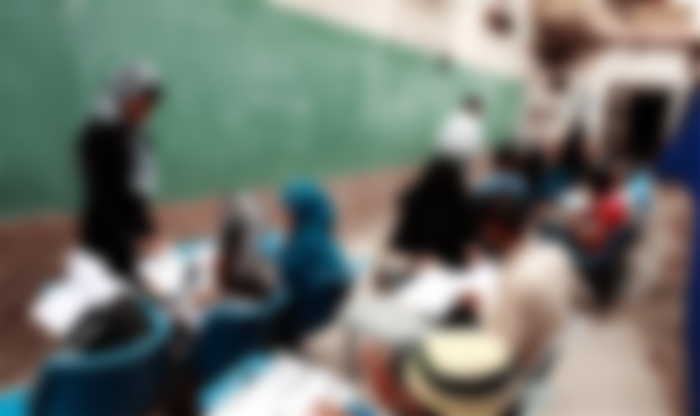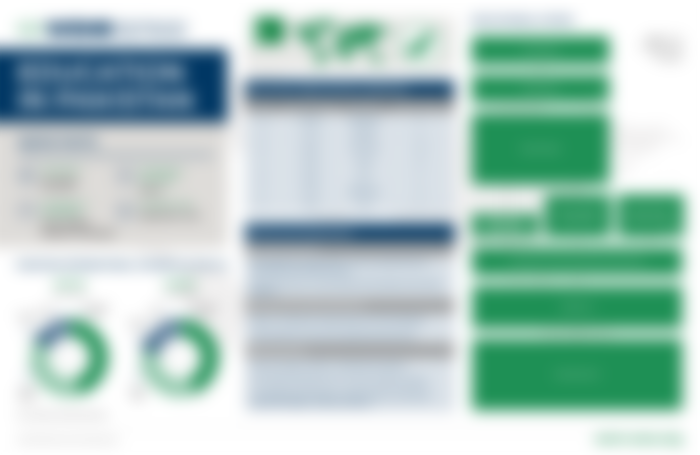INTRODUCTION
Introduction
The Islamic Republic of Pakistan is a socially and etymologically assorted enormous South Asian nation lined by Afghanistan and Iran toward the north and west, China toward the upper east, India toward the east and the Arabian Sea toward the south. The Muslim-larger part nation was set up in its present structure after the parcel of previous British India into India and Pakistan in 1947, and the ensuing withdrawal of Bangladesh, once in the past known as East Pakistan, in 1971.
At present the 6th most crowded country on the planet with 212 million individuals, Pakistan is portrayed by one of the greatest populace development rates overall outside of Africa. Despite the fact that the about 2% rate is currently easing back, the country's populace is assessed to arrive at 403 million by 2050 (UN middle reach projection). There are more youngsters in Pakistan today than anytime in its set of experiences, and it has one of the world's biggest youth populaces with 64% of Pakistanis now younger than 30. Consider that Karachi is projected to turn into the third-biggest city on the planet with near 32 million individuals by the center of the century.

On the off chance that Pakistan figures out how to instruct and ability this flooding youth populace, it could tackle a huge youth profit that could assist with filling the country's financial development and modernization. Inability to coordinate the country's armies of youths into the schooling framework and the work market, then again, could transform populace development into what the Washington Post called a "calamity really taking shape": "Putting disastrous tensions on water and sterilization frameworks, overwhelming wellbeing and training administrations, and leaving a huge number of individuals jobless"— patterns that would definitely prompt the further destabilization of Pakistan's as of now delicate political framework.
Given the helpless province of Pakistan's schooling framework and its generally increasing youth joblessness rate, such feelings of dread are everything except unwarranted. As per the Global Youth Development Index distributed by the Commonwealth, an action which utilizes the spaces of urban support, instruction, business and opportunity, wellbeing and prosperity, and political investment to check the advancement of youngsters, Pakistan positioned just 154th of 183 nations, following sub-Saharan African countries like Sierra Leone or Ethiopia.
Maybe most strikingly, Pakistan has the largest number of out-of-younger students worldwide after Nigeria: Approximately 22.7 million Pakistani youngsters age five to 16—44 percent of this age bunch—didn't take an interest in instruction in 2017. As displayed in the table beneath, steady loss rates increment generously as youngsters progress up the instructive stepping stool.
The present circumstance is exacerbated by striking disparities dependent on sex and financial status. Sex incongruities are wild with young men dwarfing young ladies at each phase of schooling. As per Human Rights Watch, 32% of young ladies of primary school age are out of school, contrasted and 21 percent of young men. By grade six, just 41 percent of young ladies take part in training, contrasted and 51 percent of young men. Also, by grade nine, just 13 percent of young ladies are as yet taken on school.
The reasons for these sex incongruities are various. They incorporate wellbeing concerns, especially in rustic regions where understudies need to stroll to school and assault of little youngsters is unfortunately normal, just as kid marriage and a culture that has generally underestimated the instruction of young ladies. Destitution additionally assumes a significant part. Families, especially those in country regions, regularly can't manage the cost of the costs identified with schooling. Here again the outcomes are crushing, especially for young ladies, who are as often as possible kept at home to cook and do housework so that the two guardians can attempt to keep the family above water.
It's critical to comprehend that gigantic financial variations exist in Pakistan among rustic and metropolitan districts, yet in addition between the country's different regions. These abberations immensely affect instructive results, incorporating tremendous holes in admittance to training and in general instructive fulfillment. While proficiency rates in urban areas like Lahore, Islamabad, and Karachi are near 75%, for example, these rates can be pretty much as low as 9% in the "ancestral districts" of Baluchistan, Pakistan's biggest and most unfortunate region. While 65% of fifth graders in Punjab region had the option to peruse English sentences in 2018, just 34 percent of fifth graders in Baluchistan had the option to do likewise. The level of out-of-younger students in the immense territory with a little populace spread over an enormous region—a reality that implies that there isn't a school inside strolling distance for some understudies—remains at a disturbing 70 percent. On the other hand, in the metropolitan and more well-off Islamabad Capital Territory, only 12% of kids are not in school.

